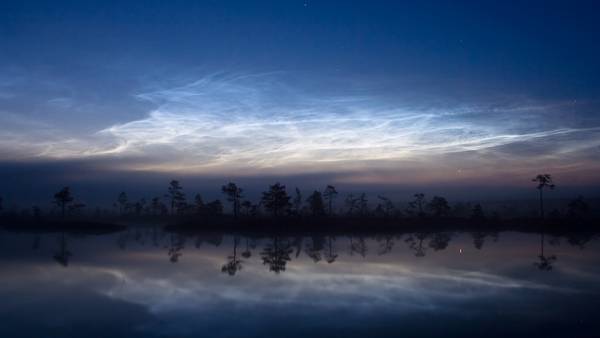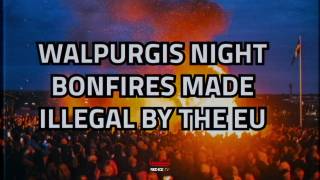The secrets of night shining clouds
Source: earthsky.org
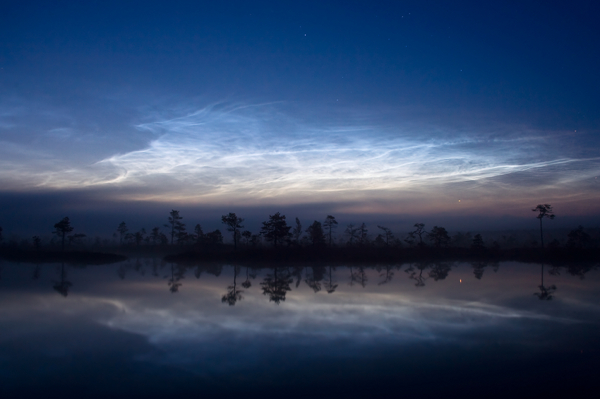
After sunset, when the sun is below the horizon but visible from the clouds’ high altitude, sunlight illuminates them, causing them to glow in a dark night sky.
Glowing silver-blue clouds that sometimes light up summer night skies in polar regions, after sunset and before sunrise, are called noctilucent clouds. Scientists studying these clouds, using data from NASA’s AIM (Aeronomy of Ice in the Mesosphere) satellite have found that year-to-year changes in noctilucent clouds are closely linked to weather and climate across the globe. One major discovery they’ve made is that weather conditions in one hemisphere can have a profound effect on the other hemisphere.
Also known as night shining clouds, noctilucent clouds form in the highest reaches of the atmosphere called the mesosphere, as much as 50 miles (80 km) above the Earth’s surface. They’re usually seen during summer in polar regions. After sunset or before sunrise, when the sun is below the ground horizon but visible from the high altitude of noctilucent clouds, sunlight illuminates these clouds, causing them to glow in the dark night sky. Noctilucent clouds are thought to be made of ice crystals that form on fine dust particles from meteors; they can only form when temperatures are incredibly low and when there’s water available to form ice crystals.
[...]
NASA’s AIM (Aeronomy of Ice in the Mesosphere) satellite has been observing noctilucent clouds since 2007, gathering data that will help scientists understand the characteristics of these extreme high altitude clouds that are closely linked to weather and climate across the globe.
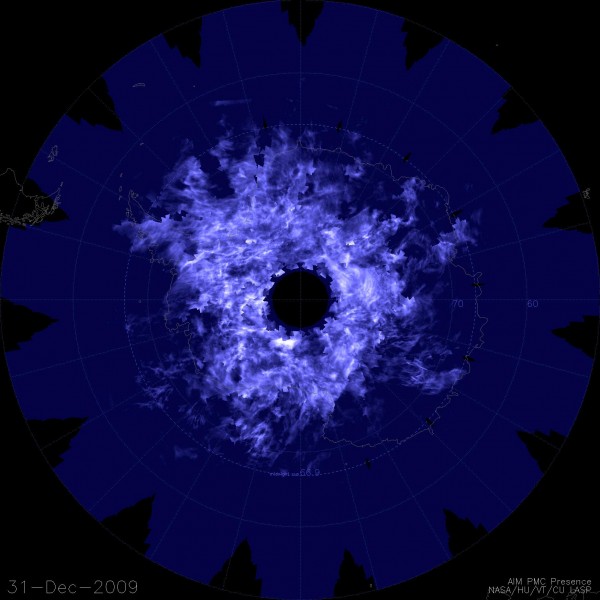
A composite image, taken by AIM, of noctilucent clouds above the Southern Pole on December 31, 2009. Image credit: NASA/HU/VT/CU LASP
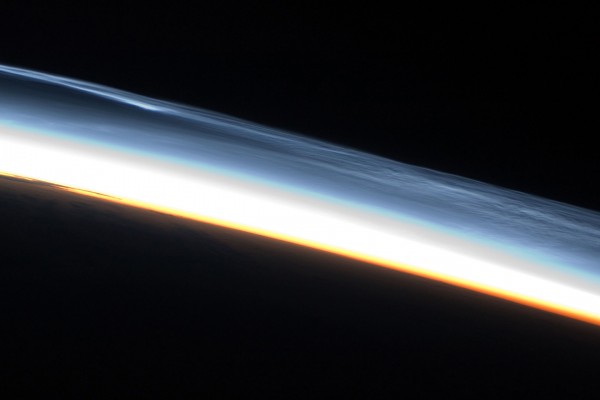
Noctilucent clouds over the Southern Hemisphere on January 30, 2010, taken by an astronaut aboard the International Space Station. Image credit: NASA.
[...]
Read the full article at: earthsky.org
Top Image: Source: EarthSky.orgNoctilucent clouds, Soomaa National Park, Estonia. Image credit: Martin Koitmäe via Wikimedia Commons.
Video from: YouTube.com
